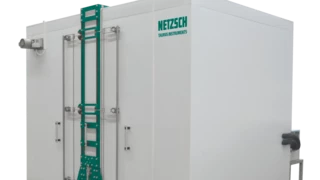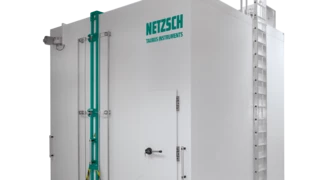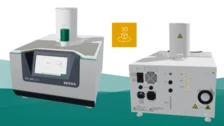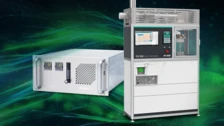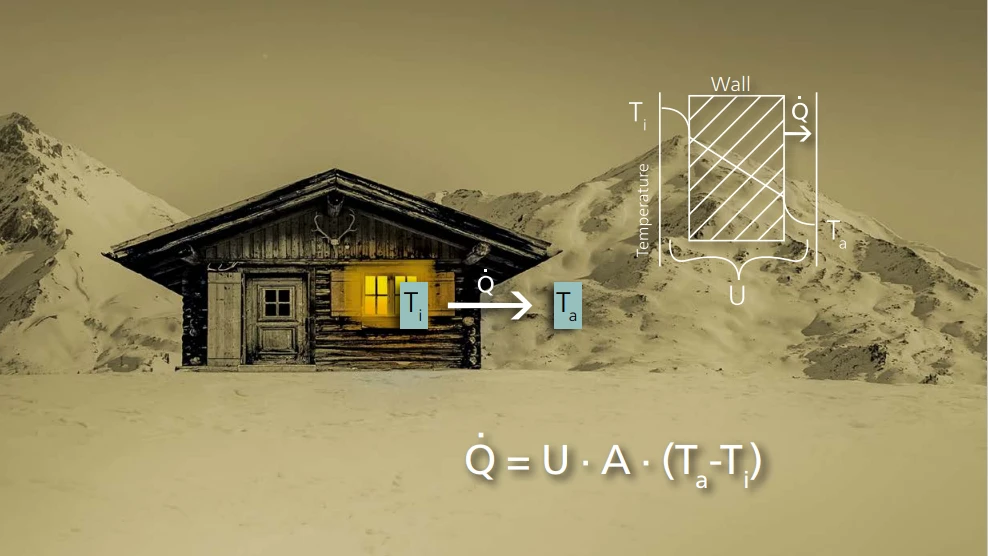
21.02.2024 by Aileen Sammler
Determining the Stationary Heat Transfer Properties of Complex Building Components and Finished Products
HotBox Test Chambers Made by NETSCH TAURUS Instruments
In a world increasingly focusing on sustainability, energy efficiency, and safety, accurate knowledge of the heat transfer properties of building materials is crucial. Whether it's about the insulation of buildings, the efficiency of windows and doors, or the overall energy balance of facades, precise determination of these properties is essential. This is where the innovative HotBox test chambers come into play – the ultimate solution for measuring and analyzing the heat transfer properties of wall elements, walls, windows, and doors.
Along with different guarded hot plate systems, NETZSCH TAURUS today also offers large, standard-compliant test chambers capable of accommodating compact and complex components such as facade elements and masonry for determination of the Condutividade TérmicaThermal conductivity (λ with the unit W/(m•K)) describes the transport of energy – in the form of heat – through a body of mass as the result of a temperature gradient (see fig. 1). According to the second law of thermodynamics, heat always flows in the direction of the lower temperature.thermal conductivity as well as the fire behavior. Hotbox systems (TDW) allow for measurement of the thermal transmission coefficients (U values) of larger and more complex building components, such as doors, windows, facades, etc. The test chambers are designed in accordance with various standards like DIN EN 1934, DIN EN ISO 8990, DIN EN 1946-4, DIN EN ISO 12567, DIN EN 12412-2 and ASTM C1363.
What Is a HotBox and How Does it Work?
A hotbox is a test system for determining the heat transfer properties of wall elements, walls, windows and doors. In a hotbox, real-world conditions as they would exist for a building wall are simulated: In practice, the both conditions inside the building and on the outside can be simulated. This means that temperature, humidity, air speed and radiation properties on both sides of the test wall must be detectable and precisely adjustable.
There are usually two test chambers (warm and cold sections); positioned between them is positioned a test frame with the sample. Stone walls to be tested are first bricked onto a base and then dried in drying chambers; windows, doors or facade parts are mounted directly on the test frame. The prepared test frame is inserted between the warm and cold sections and can then be measured.
In our HotBox systems, homogeneity of the flow and temperature profiles is guaranteed to be in accordance with standards. This means that the same temperature and air speed must prevail on the test wall at every point of the warm and cold sections. NETZSCH Taurus Instruments offers two different systems to this end: The TDW 4040 and the TDW 4240. We will explain the difference later in the article.
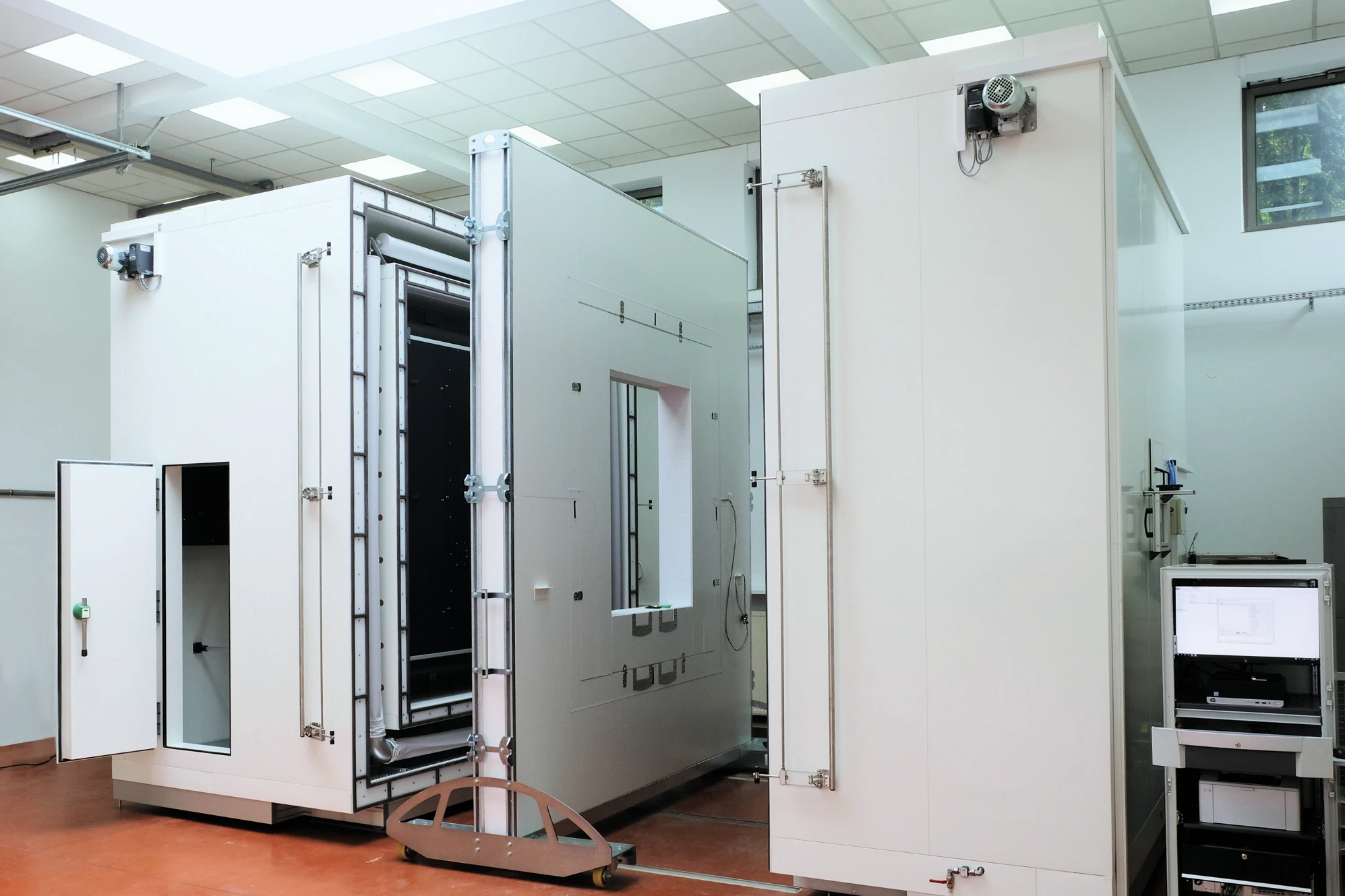
What Purpose Do HotBox Tests Serve?
The heat transfer through a brick wall or a window part is defined by the U-value: The lower the U-value, the lower the lost heat-flow and the better the insulation properties of the building part. The U-value is therefore a measure of the energy efficiency of parts of a building envelope such as brickwork, facades, windows and doors. Manufacturers have to specify the U-value of their products.
Difference to Conventional Methods for Measuring Thermal Conductivity
In contrast to conventional analysis methods for determining thermal conductivity – e.g., laser flash or plate method – these hotbox test chambers not only take the heat conduction through the material itself into consideration, but also the heat transfer conditions that are influenced by environmental factors such as material surface structures and ambient conditions. The surface structures of walls or transmission properties of window panes, for example, thus have direct influence on the effective heat transfer.
The measurement result is either the effective thermal conductivity of the entire test wall (heat-flow method) or the U- or k-value (heat transmission coefficient) as it relates to the heat flow between the air of the warm and cold sections (method with protected hotbox).
TDW 4040 or 4240? Your Choice!
NETZSCH TAURUS Instruments' hotbox test chambers offer various systems, including those with heat flux sensors and combinations of hotbox systems, to perform these measurements.

The TDW 4040 Test Chamber
NETZSCH has two standard test chamber systems: The TDW 4040 is the test Chamber for Determining the Stationary Heat Transfer Properties with a Heat Flow Meter in Accordance with DIN EN 1934.
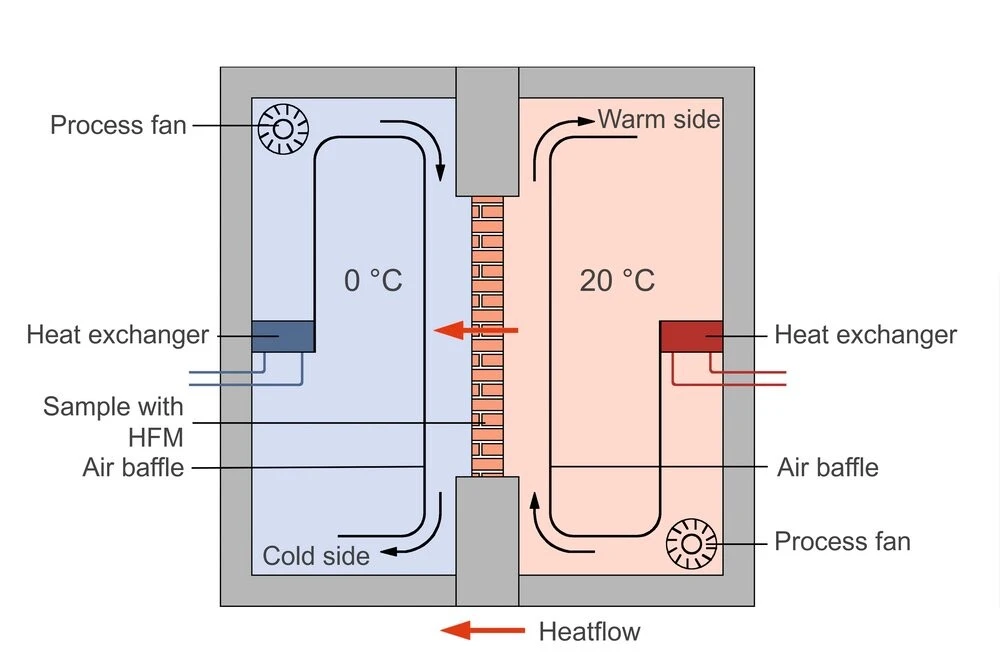
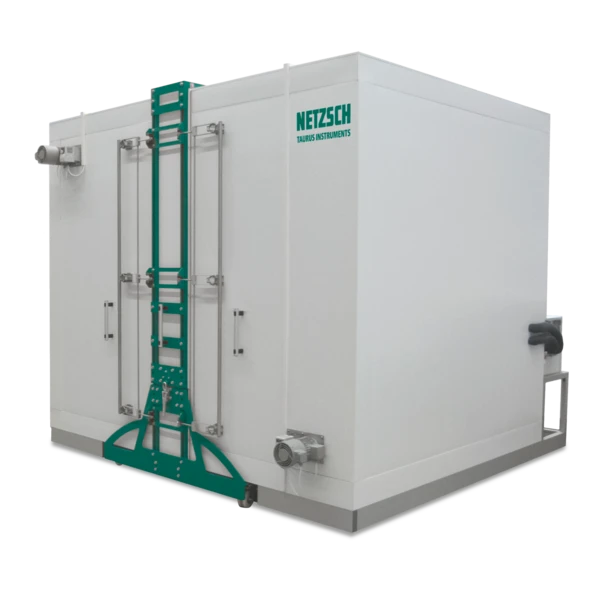
The compact TDW 4040 test chamber is designed for testing brickwork (such as brick, lime sand brick, concrete, or aerated concrete) and basically simulates the temperature and the natural convection inside and outside a building. The software for control, data logging and analysis for determining stationary heat transfer properties is included in the test system.
The compact test chamber consists of a cold and a warm section, the hotbox and a test frame with test mask that is positioned between the two sections of the chamber. Both sections contain heat exchangers for temperature control and air deflectors with radial fans to generate the necessary convection.
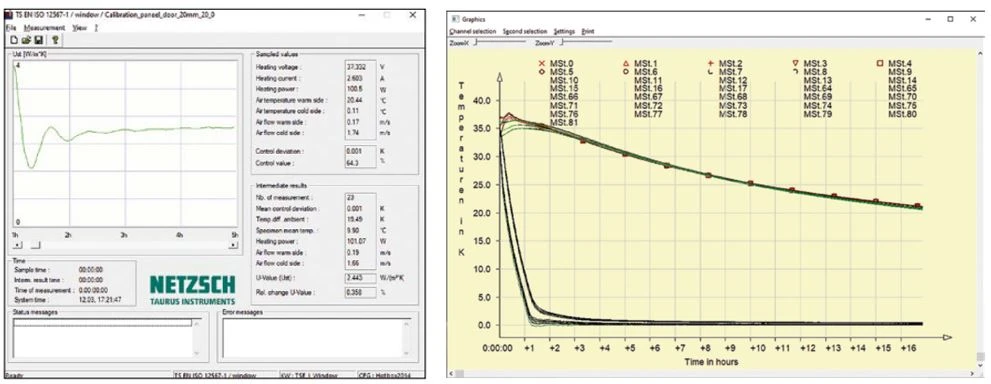
The TDW 4240 Test Chamber
With the TDW 4240, we offer another test chamber system for determining stationary heat transfer properties. Unlike the TDW 4040, it uses the method with a controlled hotbox in accordance with standards like DIN EN ISO 8990, DIN EN 1946-4, DIN EN ISO 12567, DIN EN 12412-2, ASTM C-1363.
The compact TDW 4240 test chamber is designed for testing elements and components used in construction, such as windows, profiles, doors, brick walls and domes.
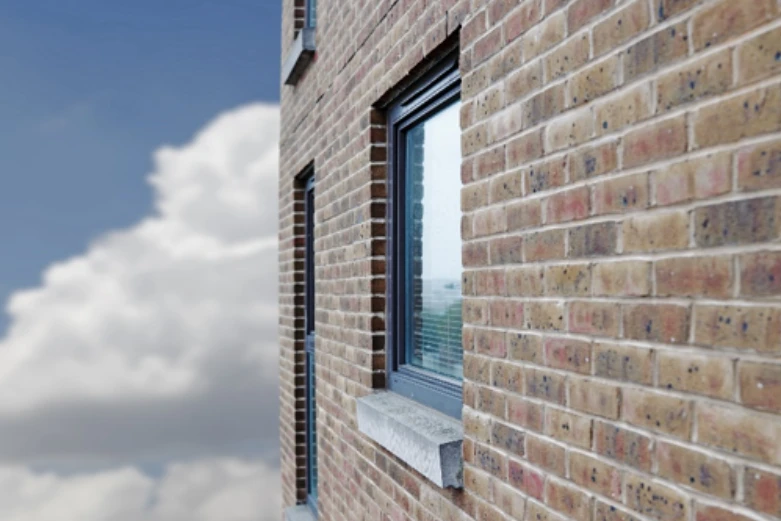


Depending on the requirements, the humidity of the two chamber segments can also be adjusted. The selection of all parameters, recording of all data, extensive evaluations, and printing of measurement protocols are carried out with the standard TDW 4040 Hotbox software via the measurement and control unit.
Summary
The significance of NETZSCH HotBoxes cannot be emphasized sufficiently, especially at a time when the carbon footprint and energy efficiency of buildings are taking center stage. By simulating real-world conditions, these test chambers enable accurate analysis of the heat transfer, vital for the development of energy-efficient and environmentally friendly building products. This not only contributes to reducing carbon emissions but also helps lower operational costs and enhance the quality of life within buildings.
